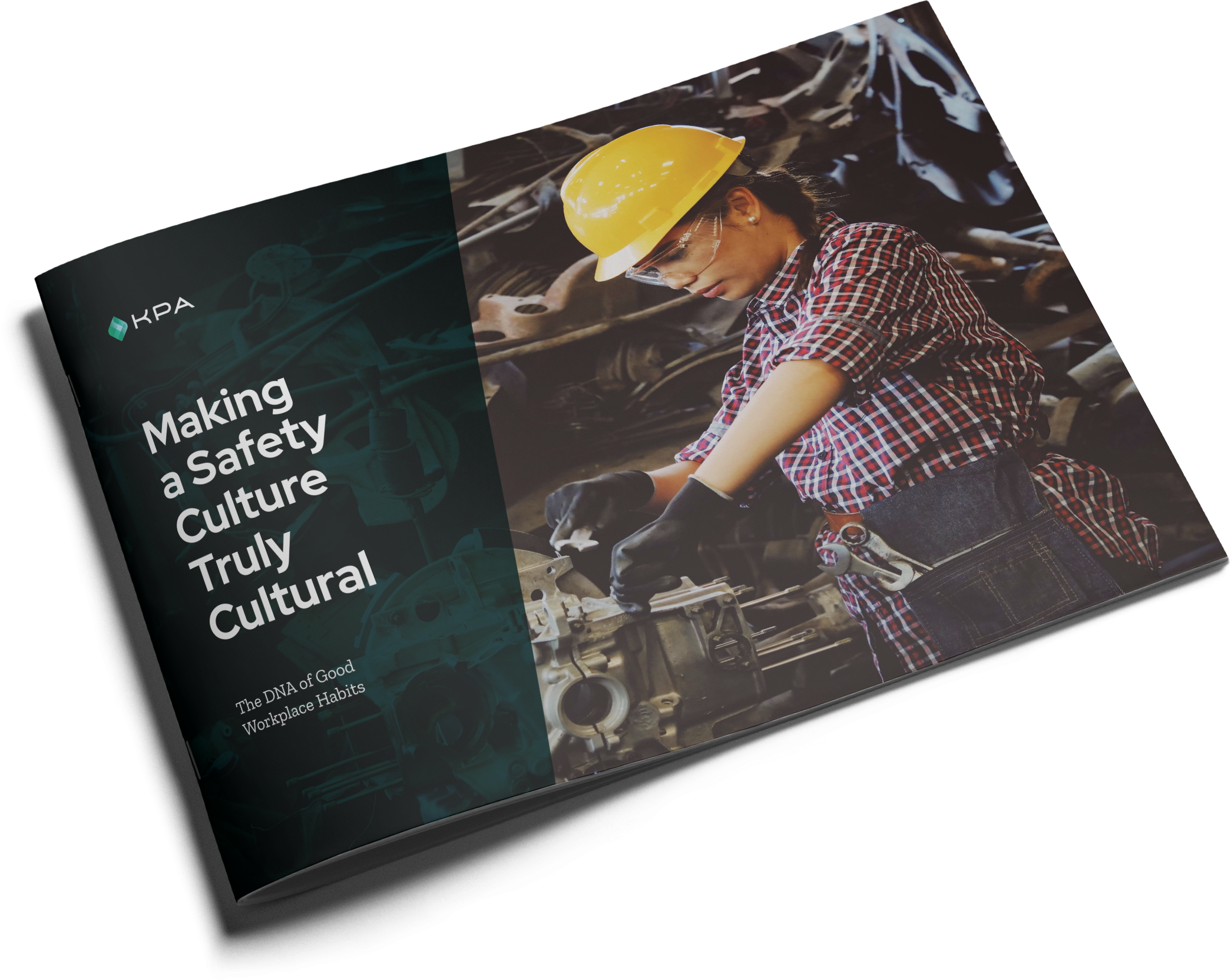Workplace safety: It’s where every employee—from the bottom to the top—needs to contribute to be successful. Too often, I see workers engage in what I call “get in trouble culture.” In the simplest of terms, this is when the primary motivation of maintaining workplace safety is to avoid getting in trouble with higher-ups. This fear of someone looking over your shoulder can only take so far when it comes to safety.
Safety Culture is a Big Deal
Team members’ peer-to-peer willingness to communicate with one another makes a world of difference when building your safety culture. Your employees should feel comfortable discussing safety, watch out for one another, and stop a job to correct if necessary.
In a split second, having even one team member step in and correct their co-worker when they unwillingly put themselves, their team, or their equipment at risk can make all the difference. But the burden of team safety can’t solely fall on the people on the line, on the construction site, or in the service bay. And that culture of ‘only doing the right thing because the boss is looking’ can’t change unless those at the top set the right tone for their team.
For leaders, it comes down to asking the question, does my safety culture share a team dynamic, or does it look more like a principal-to-student relationship?
Setting the Tone: Good and Bad Examples
So, how do you build a workplace culture centered on safety? It’s all about the attitude.
Which of these does your culture emphasize:
Following the safety protocols for the sake of employees’ well-being
Or, completing the job out of fear of punishment
Reliable leadership requires asking yourself if your actions are backing up the words you communicate to your workforce.
Are you taking workplace safety seriously on a personal level, or are you going through the motions and reading from a manual?
Does your team feel their concerns are taken into consideration?
I ran a workplace safety program once that measured behavior-based safety precautions to study how unsafe acts and conditions were reported to superiors. I found that communication between employees and their bosses was often simply reduced to filling out observation cards detailing near-misses with little to no response.
Let’s say an employee nearly falls 12 stories off of a worksite but catches themself. They’re told to fill out an observation card, which ultimately sits unread on a supervisor’s desk for weeks on end. What kind of message does that send to the employee – and the the workforce as a whole?
Nothing is more damaging to safety culture than the sound of crickets.

Making a Safety Culture Truly Cultural
What safety looks like today, where safety needs to change, and how to create a safety culture.
How Technology Helps
This is why real-time peer-to-peer technology solutions are crucial for companies. Rather than filling out an observation card detailing their near-miss, your employee can log the instance on an app shared by all team members. If the report is marked as critical or as high severity, it can reach up to the top of the corporate ladder, and a conversation or investigation can occur on the same day.
Push notifications give supervisors instant updates on all potential safety hazards. These notifications help you correct issues like handling the incorrect tool for the job or working with insufficient barriers in a matter of hours.
There’s also the benefit of “showing” versus “telling.” Employees see their concerns addressed through action, rather than simply being told, “your voices are being heard.” This level of immediate response goes a long way in crafting a safety culture centered around active participation.
There’s no excuse for safety programs to rely on observation cards and spreadsheets alone in 2021.
KPA Helps You Bring Technology to Your Safety Progam
At KPA, we provide business with a comprehensive EHS software platform tailored to your specific needs. Our all-in-one system is designed to engage your employees, instill a culture of safety, and enable regulatory compliance.
Let’s show employees that our actions speak as loud as our words. Contact us today to learn more.
Related Content
Explore more comprehensive articles, specialized guides, and insightful interviews selected, offering fresh insights, data-driven analysis, and expert perspectives.
